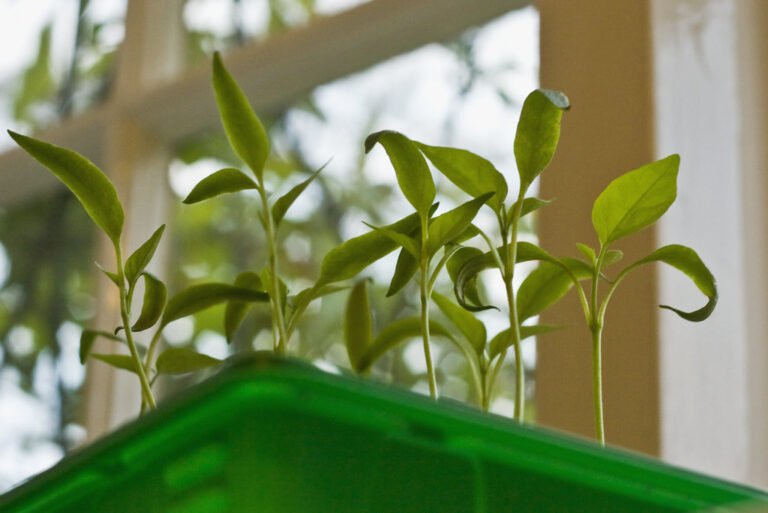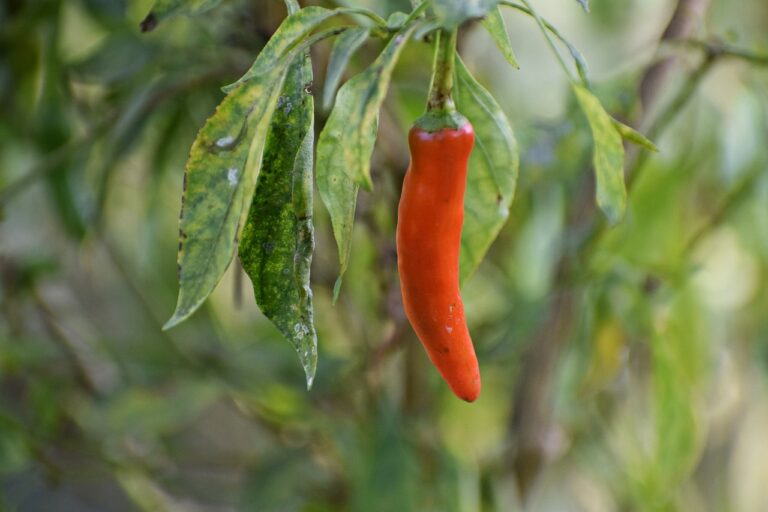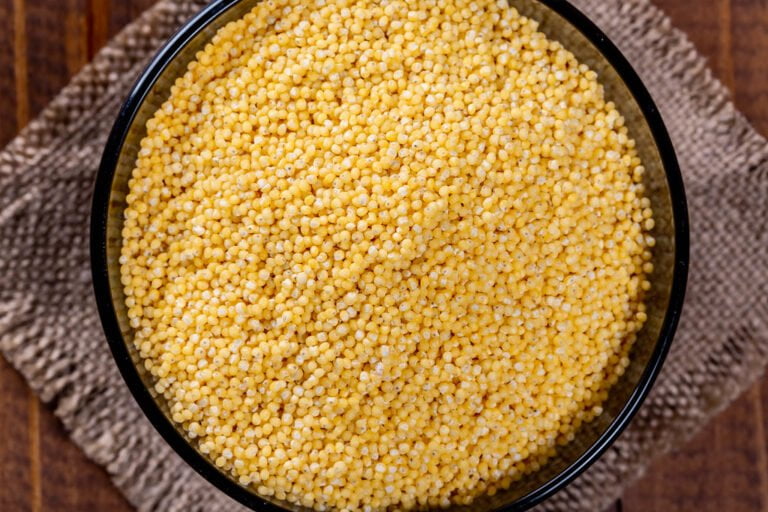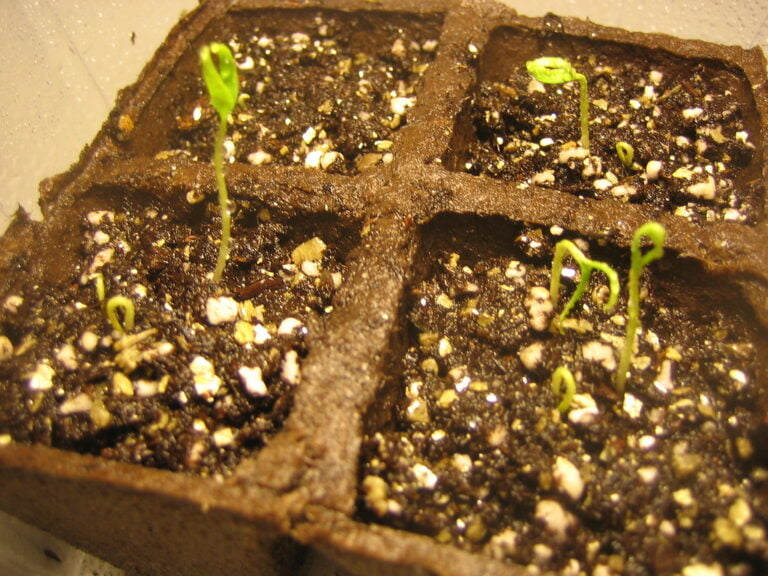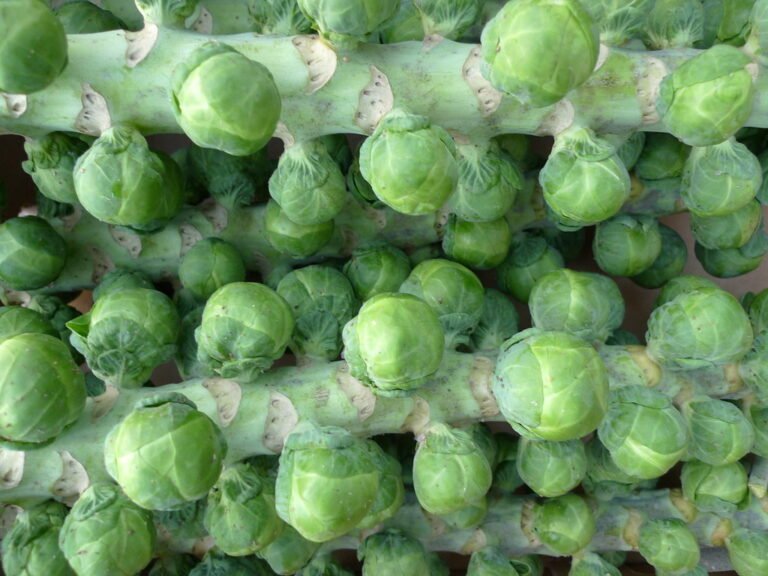Methods for Preserving Your Harvest: Canning, Pickling, Freezing and Drying Vegetables
Preserving your harvest through canning, pickling, freezing, and drying vegetables guarantees long-term enjoyment of homegrown produce. Canning seals in nutrients and flavors, extending shelf life. Safety measures like using pressure canners are essential to prevent foodborne illnesses. Pickling with vinegar, salt, and spices creates tangy flavors and prolongs shelf life. Freezing, with blanching and proper packaging, maintains color and texture. Drying herbs requires proper methods to preserve essential oils. Mastering these techniques guarantees fresh produce year-round. Learn more about canning, pickling, freezing, and drying to improve your harvest preservation skills.
Benefits of Canning Vegetables
Canning vegetables effectively seals in nutrients and flavors, prolonging their shelf life without the need for refrigeration. This preservation method not only aids in reducing food waste but also guarantees that the vegetables maintain their nutritional value over a long period. By following approved canning processes, vegetables can be stored for up to 1-2 years, providing a convenient and readily available food supply. As a homesteader or gardener, canning your harvest allows you to savor the taste of homegrown produce throughout the year.
The process of canning involves carefully preparing the vegetables, packing them into sterilized jars, and processing them in a pressure canner or water bath canner. The high heat kills any microorganisms present, creating a seal that prevents spoilage. This method is particularly beneficial for vegetables that are abundant during specific seasons but are desired year-round.
When vegetables are canned properly, they not only preserve their essential nutrients like vitamins A and C but also lock in their natural flavors. This ensures that even after long-term storage, the vegetables taste fresh and vibrant. Canning is a reliable way to extend the shelf life of vegetables without compromising on their quality or taste.
Pickling Techniques for Beginners
To begin pickling vegetables as a beginner, gather your vinegar, salt, and spices for a tangy flavor infusion that will improve the shelf life of your produce. Pickling is a preservation method that involves storing fruits and vegetables in vinegar or brine. Quick pickling methods are ideal for beginners, as they are simple and require minimal equipment. When pickling, it’s crucial to follow tested recipes to make sure the correct balance of vinegar, salt, and spices for both flavor and safety.
Vinegar is a key ingredient in pickling due to its acidity, which inhibits the growth of harmful bacteria and preserves the vegetables. The brine, a mixture of vinegar, water, salt, and sometimes sugar, penetrates the vegetables to infuse them with flavor. Beginners should start with small batches to practice and perfect their pickling techniques before scaling up.
Remember that pickled products need to be refrigerated and have a shorter shelf life compared to canned goods. Common items for pickling include cucumbers, peppers, cauliflower, apples, pears, and relishes. By following tested recipes and practicing safe consumption habits, beginners can enjoy the art of pickling while preserving their harvest effectively.
Essential Freezing Tips for Vegetables
Blanching vegetables before freezing is an important step to maintain their color, texture, and flavor during storage. It involves briefly immersing the vegetables in boiling water, then rapidly cooling them in ice water to halt the cooking process. This helps preserve the vegetables’ enzymes and nutrients while also preventing loss of color and texture.
When preparing vegetables for freezing, it is vital to guarantee that air is removed from the freezer bags before sealing them. This step helps prevent freezer burn and maintains the quality of the frozen vegetables. Using high-quality zip-top bags is recommended for this purpose, as they provide a reliable seal and protect the vegetables from exposure to air.
To freeze vegetables successfully, it is crucial to follow guidelines from reliable sources for blanching times and techniques. Different vegetables may require varying blanching times, so it is essential to consult trustworthy resources to ensure proper preparation before freezing.
Freezing vegetables such as zucchini, peppers, and corn allows for long-term storage, enabling you to enjoy your garden produce throughout the year. By blanching the vegetables, removing air from the freezer bags, and following recommended guidelines, you can preserve the freshness and flavor of your vegetables for an extended period.
Drying Herbs: A How-To Guide
I will lead you through selecting the finest herbs and mastering the proper techniques to dry them effectively. Understanding which herbs are perfect for drying and the right conditions for the drying process will guarantee the best results. Let’s start on this journey to preserve the flavors and aromas of your favorite herbs through meticulous drying methods.
Choosing the Right Herbs
When drying herbs, it is vital to take into account the specific characteristics of each herb to determine the most suitable drying method. Herbs like basil, mint, and parsley, with higher moisture content, are best preserved through air drying in a well-ventilated area. Thicker-leaved herbs such as rosemary and sage benefit from hanging bunches upside down in a dark, warm place. For herbs like oregano and thyme, which have essential oils, using a dehydrator at low temperatures is recommended to maintain their flavor and aroma. After the drying process, it is important to store the herbs in airtight containers away from heat and light to preserve their potency and freshness.
Proper Drying Techniques
Utilizing the appropriate drying technique is essential for preserving the flavor and shelf life of herbs. When drying herbs, the primary goal is moisture removal to prevent spoilage and improve their flavor profile. Proper air circulation is vital during the drying process to guarantee even drying and prevent mold growth. Herbs can be dried using various methods such as an oven, dehydrator, or by hanging them in a well-ventilated area. Patience is key, as rushing the drying process can compromise the quality of the herbs. Once dried, store the herbs in airtight containers, away from light and heat, to maintain their freshness for an extended period. Properly dried and stored herbs are essential for successful food preservation.
Safety Measures in Canning
When it pertains to canning vegetables, it’s essential to focus on safety measures. Ensuring your canning equipment is in top condition, sterilizing jars properly, and understanding the importance of pressure canning are key points to keep in mind. These steps are important in guaranteeing the preservation of your harvest while maintaining food safety standards.
Canning Equipment Essentials
Canning safety hinges on the use of pressure canners with UL approval for secure preservation of foods. In terms of canning equipment essentials, here are some important items to have:
- Pressure Canner: Essential for canning low-acid foods safely.
- Canning Jars: Where the food is stored and preserved.
- Lids and Bands: Necessary for sealing the jars securely.
- Water Bath Canner: Ideal for canning high-acid foods like fruits.
Proper Jar Sterilization
To guarantee the safety and success of home canning, proper jar sterilization is vital in preventing bacterial contamination and spoilage of preserved foods. Sterilizing jars involves thorough cleaning, followed by boiling them in water for 10 minutes or using an oven at 250°F for 30 minutes. It is imperative to make sure the jars are completely dry before use to prevent any bacteria growth. Handling sterilized jars with care is paramount to avoid contamination; using a jar lifter or sanitized tongs can help prevent touching the inside of the jars. Effective sterilization of jars is a fundamental step in safe home canning to preserve vegetables and fruits successfully.
Importance of Pressure Canning
Pressure canning plays an essential role in safely preserving low-acid foods such as vegetables and meats by subjecting them to high temperatures that eradicate harmful bacteria like botulism spores. When engaging in pressure canning, it is important to adhere to strict safety measures to avoid the risk of foodborne illnesses. Here are four key points worth noting:
- Safety Features: Modern pressure canners come equipped with safety features like vent pipes and pressure gauges to guarantee accurate processing.
- UL Approval: It is essential to use pressure canners with UL approval to ensure compliance with safety standards.
- Processing Times: Following approved recipes and processing times is crucial to prevent spoilage and maintain the safety of canned foods.
- Harmful Bacteria: The high temperatures achieved during pressure canning effectively eliminate harmful bacteria, including botulism spores.
Pickling Vs. Fermenting Vegetables
When deciding between pickling and fermenting vegetables, it’s essential to contemplate the distinct preservation techniques and resulting flavor profiles they provide. Pickling involves immersing vegetables in vinegar or brine, along with salt and sugar, to create tangy and flavorful results. The addition of vinegar or brine creates an acidic environment that prevents spoilage, extending the shelf life of the vegetables. On the other hand, fermenting vegetables relies on lacto-fermentation, where natural bacteria transform the flavors, creating probiotic-rich foods with unique tastes and textures.
Pickled vegetables typically have a shorter shelf life compared to fermented vegetables. They require refrigeration to maintain their quality. Fermented vegetables, on the other hand, can last longer and offer additional health benefits, particularly for gut health due to the presence of probiotics. The ancient preservation method of pickling has been used for generations to add zing and crunch to vegetables, while fermenting has gained popularity for its probiotic content and complex flavor profiles. Both techniques offer a variety of flavors for culinary exploration, allowing for creativity in preserving seasonal produce.
Freezing Seasonal Fruits and Vegetables
Freezing seasonal fruits and vegetables is a highly important method for preserving their nutrients, color, and flavor. It is vital to use proper methods to guarantee the best results. Here are some essential steps to follow when freezing fresh produce:
- Preparation: Begin by washing and cutting the fruits or vegetables as needed. For fruits like berries, spread them out on a baking sheet to freeze individually before placing them in a freezer-safe bag. For vegetables, blanching in boiling water for a short time, followed by an ice bath, helps maintain their texture and quality.
- Packaging: Once prepared, pack the fruits or vegetables in airtight containers or freezer bags. Make sure to remove excess air to prevent freezer burn. Label each package with the date to track their freshness.
- Freezing: Place the packaged produce in the freezer immediately after preparation. Quick freezing helps preserve the freshness of the food. Keep the freezer temperature at 0 degrees Fahrenheit or lower to extend the shelf life of the frozen fruits and vegetables.
- Storage: Properly frozen fruits and vegetables can last between 8 to 12 weeks in the freezer. Rotate the items in the freezer to use the oldest produce first and enjoy the flavors of the harvest throughout the season.

